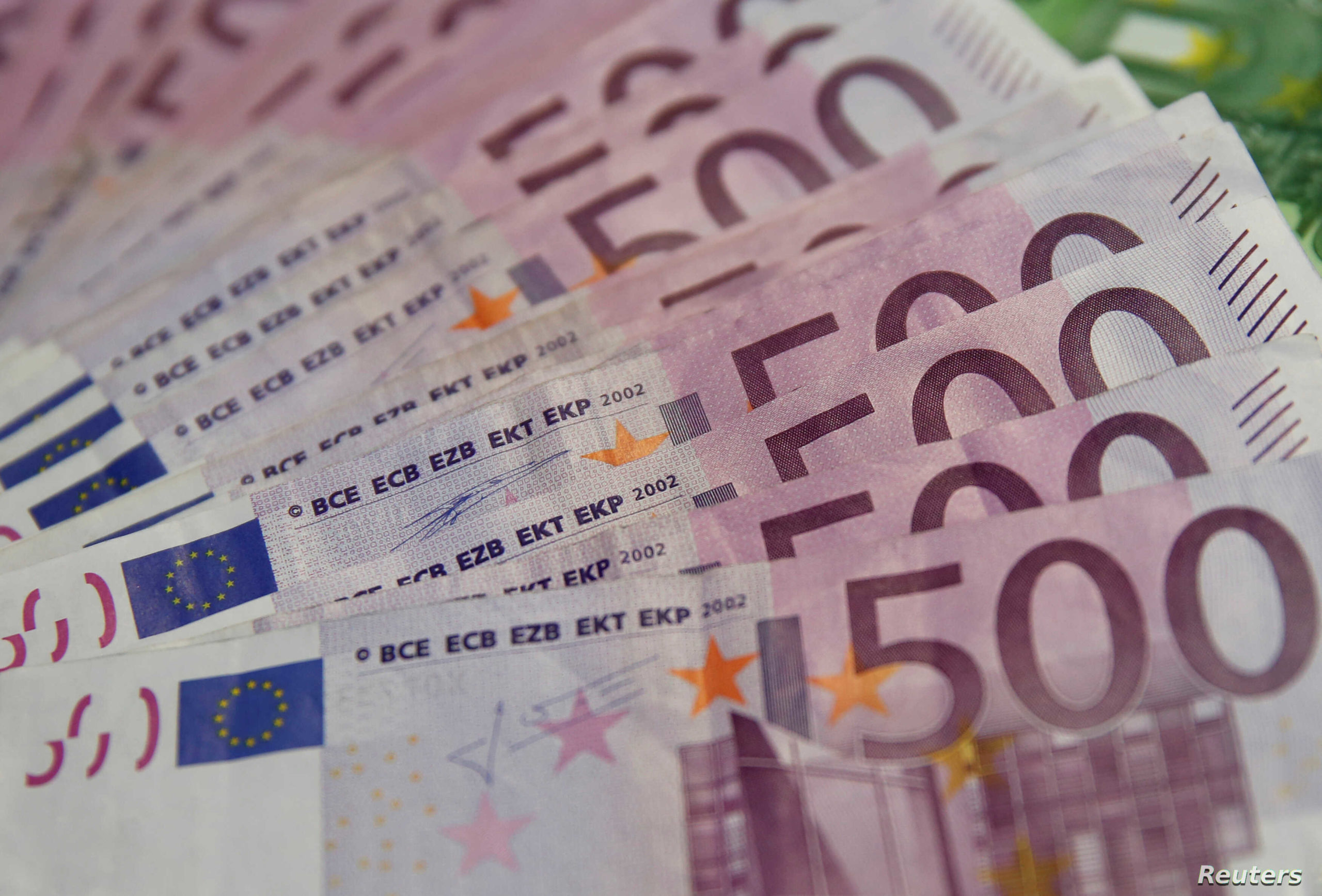RIO DE JANEIRO, BRAZIL – The Euro was the most widely used currency for global payments last month, the first time it passed the dollar since February 2013.
Data from the Society for Worldwide Interbank Financial Telecommunication (SWIFT), which coordinates international payment messages for over 11,000 financial institutions in 200 countries, showed that the European Union’s single currency and the dollar were followed by the pound sterling and Japanese yen. The Canadian dollar topped China’s yuan and ranked fifth, according to SWIFT.

Trade barriers, recession and political dissent have renewed pressure to reduce the share of international payments in dollars. The dollar has depreciated over 11 percent since its March peak, according to a Bloomberg index that monitors a range of major currencies, and many observers project further depreciation.
The dollar remains the main financing currency, with about half of all international loans and debt securities, according to the Bank for International Settlements (BIS) in a July report. Approximately 85 percent of all foreign exchange transactions are conducted against the dollar and represent 61 percent of official international reserves, the BIS said, adding that about half of international trade is invoiced in the U.S. currency.
The SWIFT releases the data in its monthly RMB Tracker on the renminbi’s progress to become an international currency.
About 37.82 percent of cash transfers via SWIFT were performed in euros last month, the highest proportion since February 2013. This is an increase of over six percentage points over the end of last year.
The use of the U.S. dollar fell by about 4.6 percentage points over December to 37.64 percent of transactions last month. The dollar peaked at 45.3 percent in April 2015. Together, the British, Japanese and Canadian currencies accounted for 12.25 percent of transactions in October.
The yuan’s share fell to 1.66 percent of transactions, its worst performance since April. The Chinese currency ranked 35th in October 2010, when the SWIFT began tracking currencies this way. The yuan ranked in the top six in 2014, and has held an overall average of just under two percent global share since then.
Source: Bloomberg

